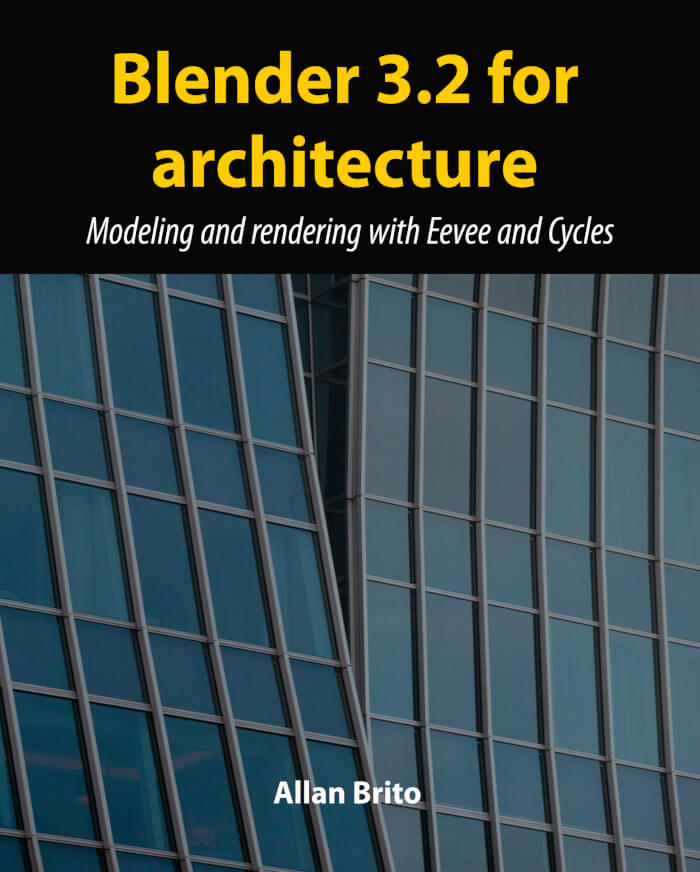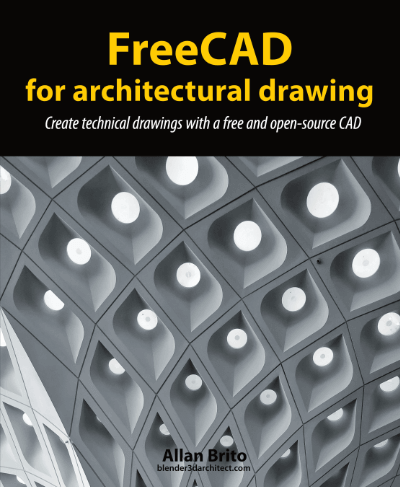
In the past couple weeks, we released here in Blender 3D Architect two books that will help our readers to produce better content for architecture and visualization. The first book was about Blender 2.8 for architecture and the second a full guide on Blender Eevee.
Based on the feedback received from some of our readers, we started to work on another title. The new book has a focus on beginners trying to use Blender for the first time and also artists migrating to Blender 2.8.
We are proud to announce a new title, Blender 2.8: The beginner's guide. You can tell by the name, will work as a guide for beginners trying to use Blender 2.8.
You can order the book in both digital and paperback formats. More details about the book content are available in the Blender 2.8: The beginner's guide details page.

What are the differences from this book to the other two? With Blender 2.8: The beginner's guide, you will get a generalistic approach to the use of Blender and not something with a focus on architecture.
For instance, in Blender 2.8: The beginner's guide, you will get two chapters of the book dealing with animation. In the book about architecture and Eevee, we talk briefly about animation.
If you are among the people that ordered one of the books, let me take this opportunity to say: thank you! The books are an essential part of Blender 3D Architect, and they support our work.





